The Massachusetts Institute of Technology (MIT) experienced a large drop in first-year enrollment from Black and Latino students following a controversial ruling from the Supreme Court last year that did away with racial consideration for college admissions.
The dean of admissions for MIT has attributed this observed drop in the first admission year formed after the ruling directly to the Supreme Court decision.
First-Year Class Profile

MIT recently released its first-year class profile for the approximately 1,102 members of the Class of 2028.
In this report, the Black student population fell to 5%, far below the 13% average it has maintained in recent years.
As a Proportion of the Population

Advocates for affirmative action in college admissions argue that racial policies are necessary to ensure fairness for college applicants across society.
MIT’s 5% Black student population for the incoming class is well below official estimates putting the Black population of the United States at around 14.4.% in 2022.
Other Groups

The proportion of Hispanic/Latino students in the incoming first-year class also slightly fell to 11% from a previous average of 15%.
According to MIT, only 16% of the incoming population of students identified as being Black, Hispanic, Native American or Pacific islander. This percentage represents around a 10% overall decrease in a single year.
Population Increase
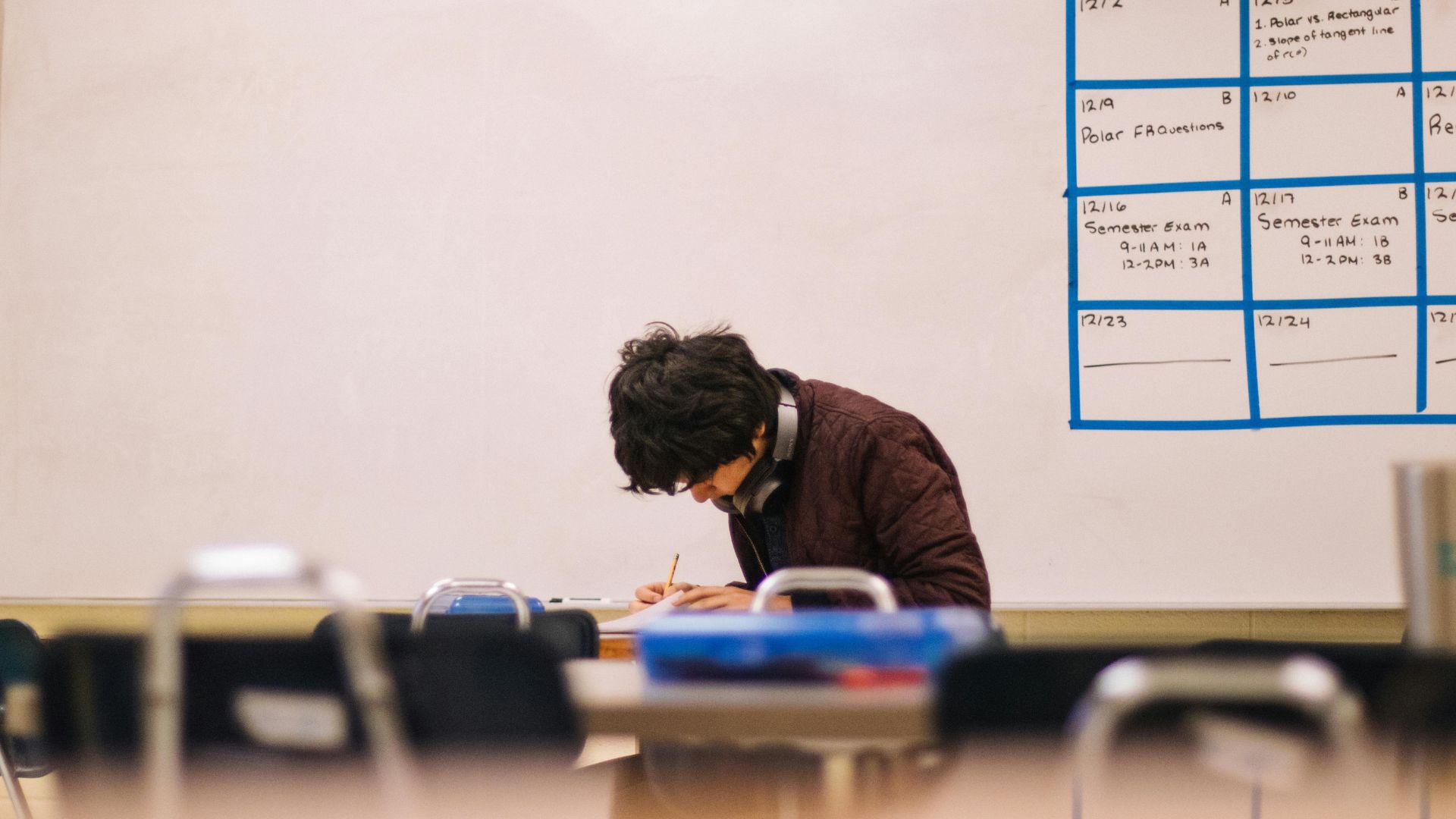
Some racial groups, including White and Asian Americans, increased as a proportion of the student population.
White students made up 37% of the incoming class and Asian Americans constituted 47%. Students were allowed to identify with more than one option.
Expected Outcome

MIT’s dean of admissions Stu Schmill asserted that the college was expecting these kinds of results after last year’s Supreme Court decision.
“We expected that this would result in fewer students from historically underrepresented racial and ethnic groups enrolling at MIT,” Schmill said of the ruling. “That’s what has happened.”
Conforming to Expectations
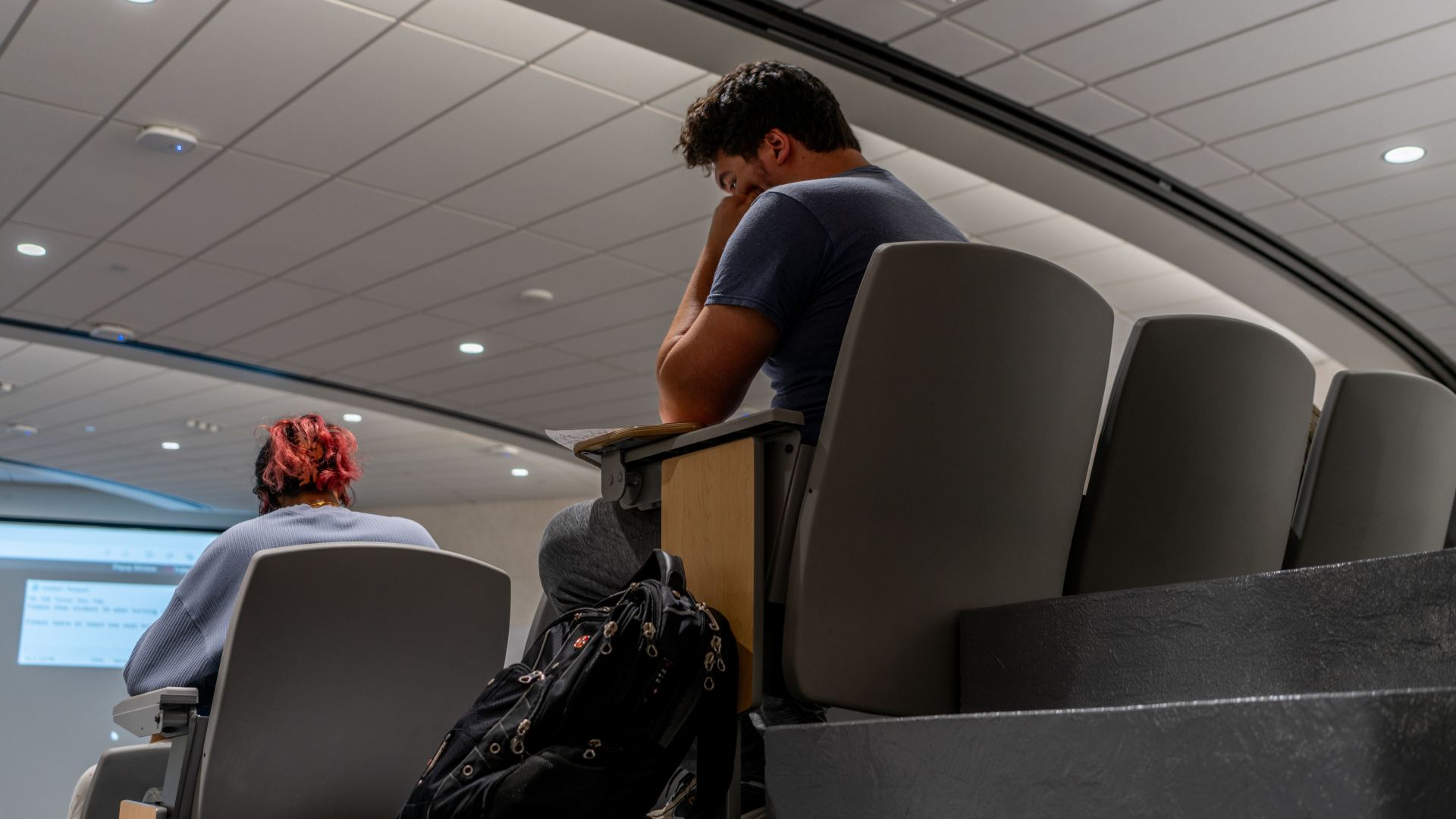
This drop in admissions for Black students at MIT mirrors what happened previously in California when a state referendum prohibited the consideration of race for college admissions in 2016 and 2017.
“There was an immediate drop off in the number of African American students that was both a confluence of the change in the admissions policy, but also African American students not wanting to go [to Berkeley] under those conditions,” said NYU law professor Melissa Murray who served as acting dean at the University of California Berkely.
Supreme Court Ruling
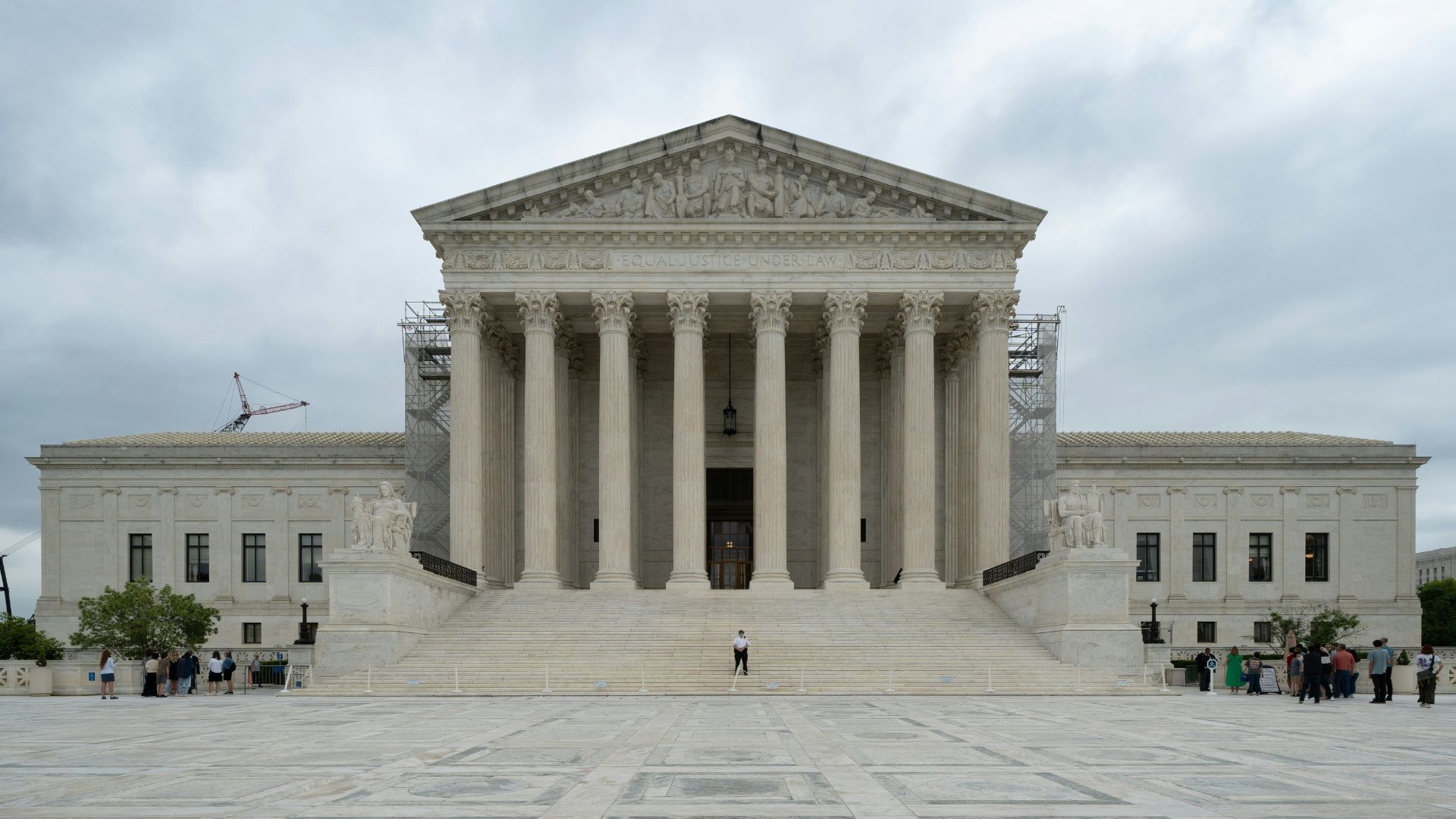
In June of last year, the Supreme Court ruled that racial affirmative action policies for college admissions were unconstitutional.
The reasoning behind this ruling is that these policies violate the Civil Rights Act of 1964 and the Equal Protection Clause of the United States Constitution.
Party Line Vote

The decision rendered by the Supreme Court was 6-3, split between the conservative and liberal justices.
Justice John Roberts argued in the majority opinion that any student “must be treated based on his or her experiences as an individual — not on the basis of race.”
Roberts’ Stance
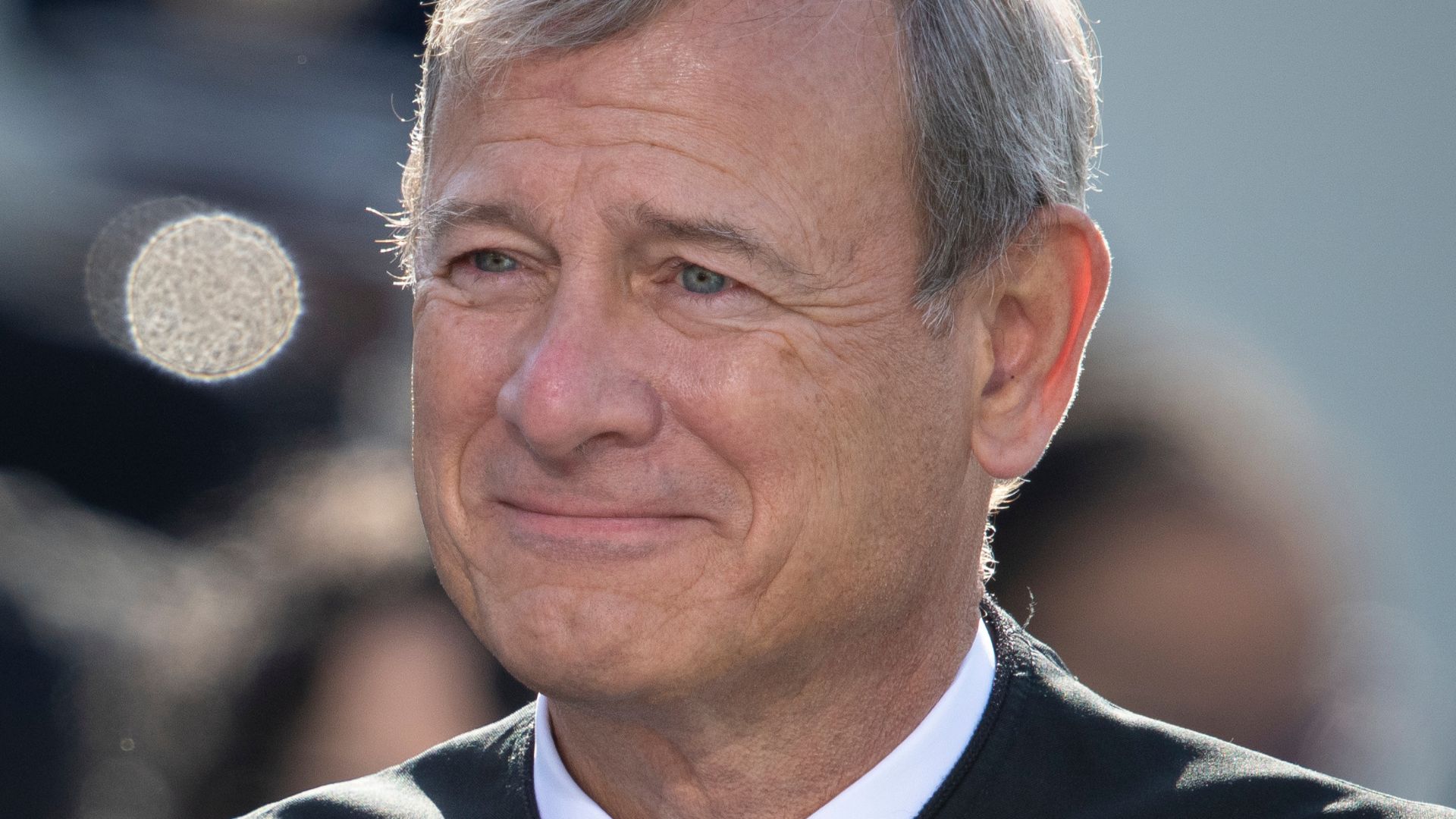
Supreme Court Justice John Roberts has been a consistent and longtime critic of affirmative action programs, preferring a colorblind approach.
“Many universities have for too long…concluded, wrongly, that the touchstone of an individual’s identity is not challenges bested, skills built, or lessons learned but the color of their skin,” Roberts wrote. “Our constitutional history does not tolerate that choice.”
Dissenting Opinion
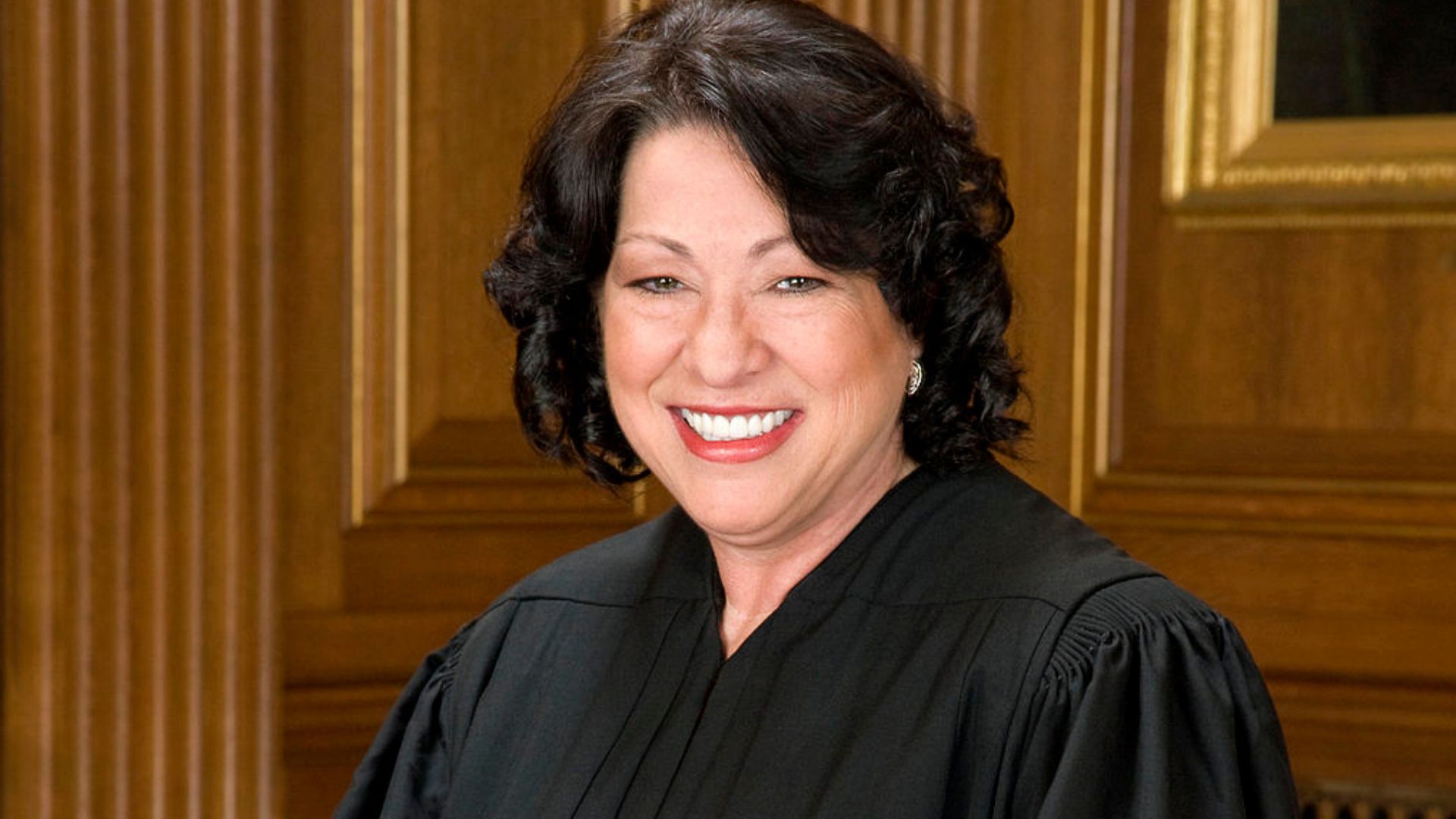
In the dissenting opinion, Justice Sonia Sotomayor blasted the ruling as rolling back “decades of precedent and momentous progress” and “cement[ed] a superficial rule of colorblindness as a constitutional principle in an endemically segregated society.”
“The Court subverts the constitutional guarantee of equal protection by further entrenching racial inequality in education, the very foundation of our democratic government and pluralistic society,” Sotomayor wrote.
New Admission Policy

Since the court ruling, Schmil said MIT changed its admission policy to exclude the factor of race but they still try to look for diversity in other ways.
The college now looks at “prospective fields of study and areas of research, extracurricular activities and accomplishments, as well as economic, geographic, and educational background.”
